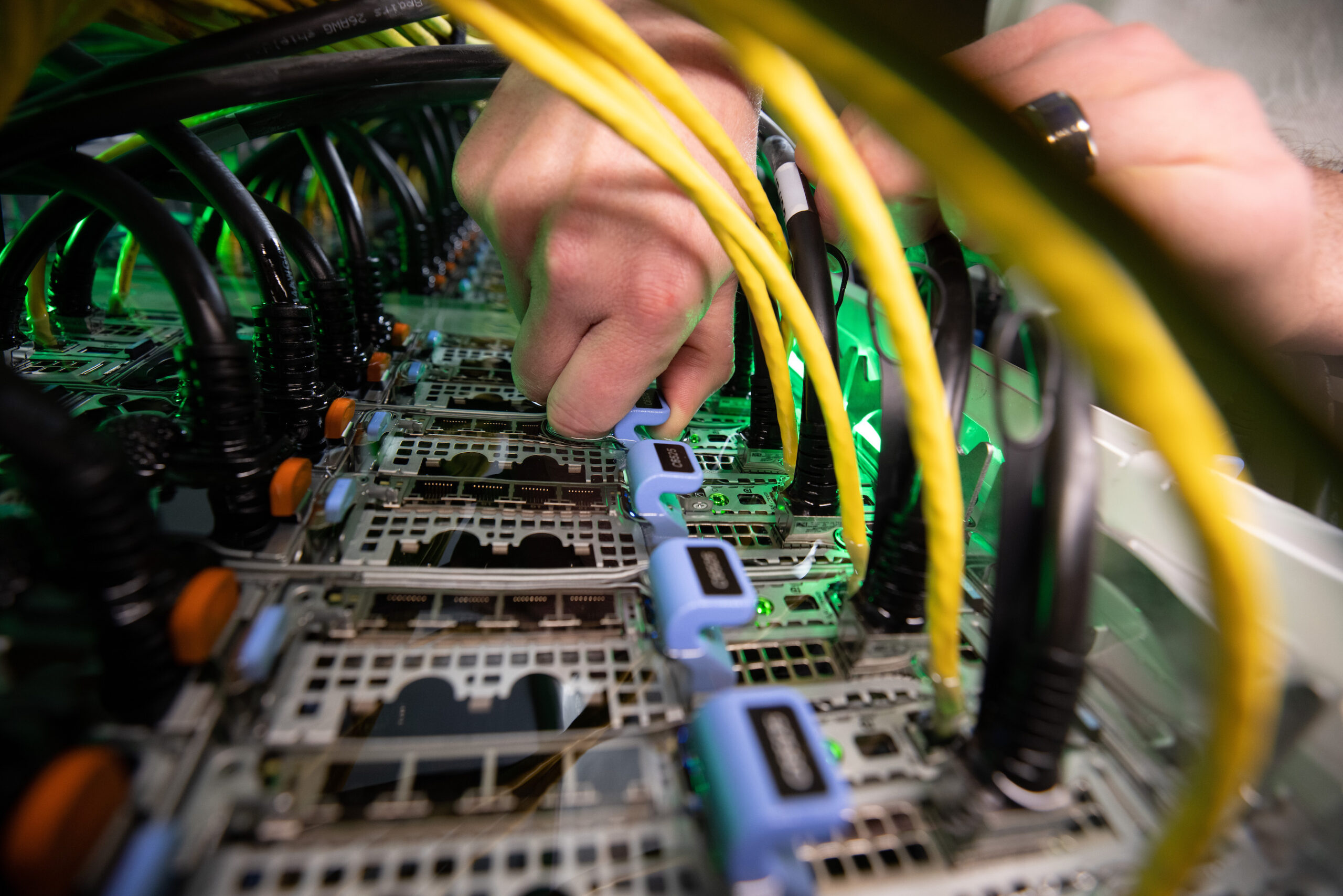Single-phase immersion cooling (1PIC) has emerged as an IT cooling game-changer, delivering superior efficiency, performance, and reliability while driving down the operational expenses. But in the rapidly evolving landscape of data center cooling technologies, 1PIC’s ability to manage the thermal output of next-gen processors exceeding 1000W is both a topic of keen interest and, at times, a subject of speculation. The latest white paper from GRC, “Future-Proof Your Data Center Cooling with GRC’s iDLC Technology,” provides a deep dive into the capabilities, innovations, and future prospects of 1PIC systems, debunking myths, setting new benchmarks, and giving you a sneak-peek at GRC’s latest 1PIC innovation: Immersed Direct Liquid Cooling (iDLC). Here are the top 3 reasons you need to read this white paper today.
Reason 1: Debunking Myths Around 1PIC Limitations
The conversation around the cooling capacity of 1PIC systems has been fraught with speculation, particularly regarding their ability to handle the next wave of high-powered chips. GRC’s recent white paper Liquid Immersion: Cooling 1000W Chips and Above laid these concerns to rest, presenting clear, evidence-based findings that not only can 1PIC systems efficiently manage the heat output of chips exceeding 1000W TDP but are also well-prepared for the future’s even more demanding cooling requirements. But misinformation and FUD remain. Read our latest white paper Future-Proof Your Data Center Cooling with GRC’s iDLC Technology and see how data from Intel dismantles the misconceptions and reaffirms 1PIC’s position as a game-changing solution in IT cooling.
Reason 2: Understanding the Role of TDP in Cooling Technologies
Thermal Design Power (TDP) has long been a crucial metric in determining the cooling requirements of processors. However, TDP alone is not a sufficient measure of a chip’s cooling needs. Relying on only this single point of data oversimplifies a complex challenge and overlooks many intricate factors that affect chip cooling.It discusses the multifaceted aspects of cooling high-heat chips, including server design improvements and the integral role these factors play in enhancing 1PIC’s effectiveness. In “Future-Proof Your Data Center Cooling with GRC’s iDLC Technology” we clearly demonstrate how a more nuanced understanding of TDP and its implications for cooling technology marks a significant advancement in the discourse on data center cooling.
Reason 3: Understanding GRC’s Innovative iDLC Technology Breakthrough
At the heart of “Future-Proof Your Data Center Cooling with GRC’s iDLC Technology” is the introduction of innovative iDLC technology, which promises to propel 1PIC capabilities to new heights. By delivering targeted coolant flow directly to processors, iDLC technology enables virtually unlimited chip cooling capacity, sidestepping the need for more complex and costly cooling solutions. This breakthrough underscores the sophistication and innovative spirit driving the future of immersion cooling technologies.
Download Future-Proof Your Data Center Cooling with GRC’s iDLC Technology Today
Looking ahead, 1PIC’s role in future-proofing data center cooling is clear. And with continuous advancements and the deployment of solutions like GRC’s iDLC technology, 1PIC systems are not just keeping pace with the rising thermal densities of modern processors; they are setting the stage for a new era of efficiency, reliability, and environmental sustainability in data center operations.
For data center operators, designers, and anyone vested in the future of computing, GRC’s latest white paper offers invaluable insights into the evolving realm of cooling technologies, challenges long-held assumptions, presents groundbreaking solutions, and charts a course for the sustainable, efficient, and reliable operation of data centers in the face of increasing thermal demands.
Download “Future-Proof Your Data Center Cooling with GRC’s iDLC Technology” today, and stay ahead of the curve in data center cooling technologies with GRC — your partner in navigating the complexities of today’s IT cooling challenges and tomorrow’s opportunities.



